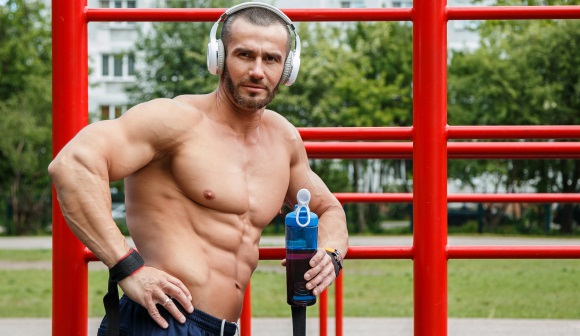Fight the urge to get into the home in the evenings or enjoy their meals seasons is something we can not escape; wetter and colder nights discourages us out and train, follow a particular diet or look for that body ten preparing what will be the distant summer. In short, the excuses are many. However, those 5 to 10 kg increase in winter is common, even among strength athletes who do not know how to counter their impulses or prepare a season that requires a lot movitación and energy.
Obviously, you can not run outside in the cold or wet rain, but even in dark nights you can train at home, in a class or gym, take advantage of the desktop in ideal temperatures brisk or even enjoy the cool environment to run. To go by conditioning the body in autumn , we can follow a simple exercise plan eight weeks, combined with a diet cutting, avoiding processed foods loaded with fat, sugar or other additives and selecting ingredients healthy cuisine accompanied by lean meat, vegetables and fruits, which will help the process of toning and weight maintenance.
Thanks to these good habits, breathing will be easier, muscles will become stronger and gain weight is difficult, because the metabolism turbinated not leave. The important thing is to set goals this fall preparing the mind and body for the holidays this year, because if we leave now, things will get difficult mid-January.
Combining some things like walking three times a week and train the other day for about four minutes alternating exercises with the body or using a superb home gym, it will be covered to say that is conditioning the body in autumn. On the other hand, when training breathing will get rid the problems of the season, but add a lot of oxygen to the body, which in the end will energize the entire system to achieve stay active. One day a week can leave the house and go to the gym to train hard with weights, focusing efforts in the intensity over the duration of a session.
On Sundays, for example, it is interesting to share with family, friends or partner, leaving pedaling, do team sports, or develop some adventure activities, which not only provide additional benefits to the metabolism but the mind will want to repeat this every week.
Another interesting but curious to go about conditioning the body in the autumn is to assist the neediest doing charity. This will relax the body system and encouraged to detoxify the body and indirectly to maintain a good body composition, independent cravings with meals or stay front of the TV every evening.





